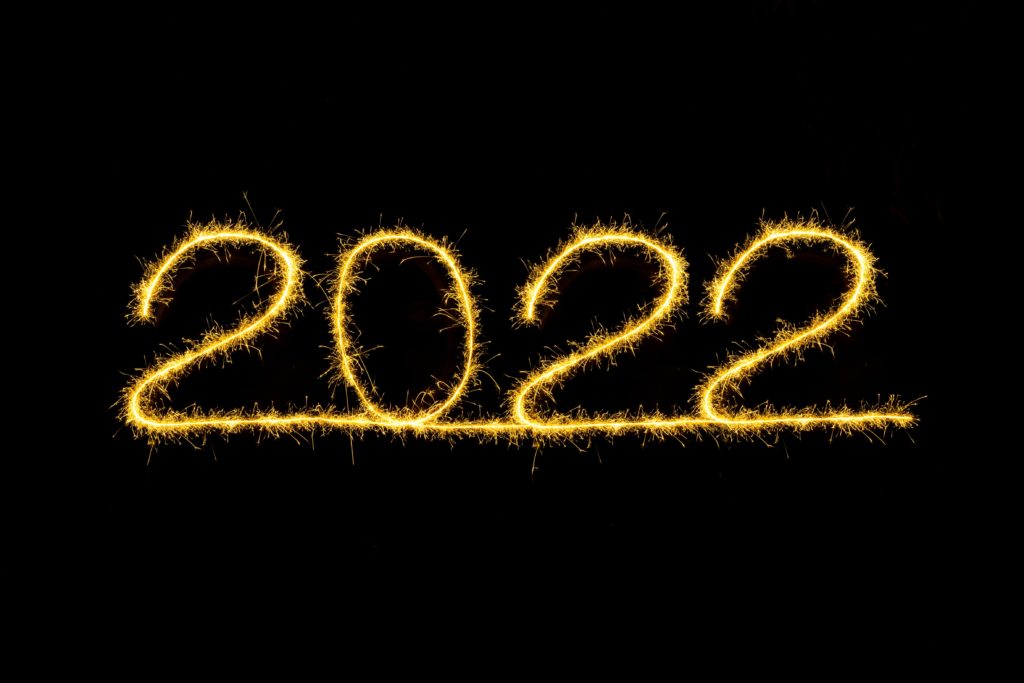An Overview of 2021
This past year marked a vigorous debate over minimum wages.
At the federal level, Senator Bernie Sanders introduced an amendment to a pending COVID relief bill that would have raised the federal minimum wage to $15 per hour and eliminated the federal tip credit. The nonpartisan Congressional Budget Office projected such a hike could cost up to 2.7 million jobs and tipped restaurant employees across the country begged lawmakers to save their tips. Ultimately, 50 Republican senators were joined by 8 Democrat-voting senators in rejecting the hike due to its job-killing consequences for minimum wage earners and tipped restaurant workers. Various plans deemed “compromises” on raising the federal minimum wage failed to materialize.
At the state and local level, more areas passed minimum wage hikes. Rhode Island and Delaware lawmakers approved scheduled increases to reach a $15 minimum wage over the next few years. More cities followed suit. West Hollywood, CA enacted a $17.64 per hour minimum wage for its hotel employees – which will be the highest local minimum wage in the nation on January 1.
In terms of evidence of the harm of minimum wages, the CBO report’s release (along with a helpful interactive tool) provided an early look at how the federal government’s tinkering with the minimum wage and tip credit could prove disastrous for American jobs. But there were other research developments of note: A review of minimum wage studies from the last three decades concluded that a majority find raising the minimum wage to cause employment loss, contrary to wage hike advocates who now say there is no evidence that raising wages kills jobs. Others found historical wage hikes have acutely hurt job prospects for younger, less-educated employees, and if they don’t cause outright job losses, may cut scheduled hours or job benefits such as employer-sponsored health insurance. Focusing on the tip credit, economists found tipped restaurant workers are 40 percent less likely to be poor than other minimum wage earners.
Looking Ahead to 2022
Activity on minimum wages at the federal and state levels is already on deck for the coming year.
On January 30, President Biden’s executive order to require a $15 minimum wage floor for all federal contractors will go into effect. This represents the current scope of the executive branch to affect wages without action from Congress, but analysis of federal contractors by industry indicates that the mandate is unlikely to have much effect for many businesses since they are already likely to pay more than $15 per hour. The five industries that represent more than three-quarters of all federal contractors have some of the highest average hourly wages, and only employ about 11% of minimum wage earners nationally. On the contrary, the leisure and hospitality industry employs a majority of minimum wage earners nationally, but represents less than 3% of all federal contractors.
At the state level, several areas are likely to see minimum wage measures brought to the ballot in 2022 for voters to decide:
- Nevada’s proposed constitutional amendment would end the two-tiered wage for large and small employers and raise the wage to $12 per hour for all employees by 2024. The amendment would also empower the state legislature to enact future increases without amending the state constitution. Nevada’s current minimum wage is $9.75 per hour for all employees.
- Idaho has filed several measures to raise the state’s minimum wage to $12 per hour by 2025 or up to $15 per hour by 2027. To appear before voters in November 2022, a version of the initiative must gather enough signatures by May 1. Idaho’s current minimum wage is $7.25 per hour, and $3.35 for tipped employees.
- Nebraska’s filed measure would raise the state minimum wage to $15 per hour by 2026, but will require enough signatures by July 7 to be certified for the ballot. Nebraska’s current minimum wage is $9 per hour, and $2.13 for tipped employees.
- California’s filed measure would raise the state minimum wage to $18 per hour by 2026 and increase by inflation every year after. On January 1, California’s state wage will be $15 per hour for all employees.
- The District of Columbia’s potential measure will eliminate the city’s tip credit, raising the $5.05 minimum wage for tipped employees up to the regular minimum wage which increases annually by inflation (currently $15.20 per hour). The measure must gather enough signatures by February to appear on the June 21 ballot. A similar measure passed among voters in 2018, but was overturned by the District’s City Council after tipped restaurant employees rallied against the new measure.

